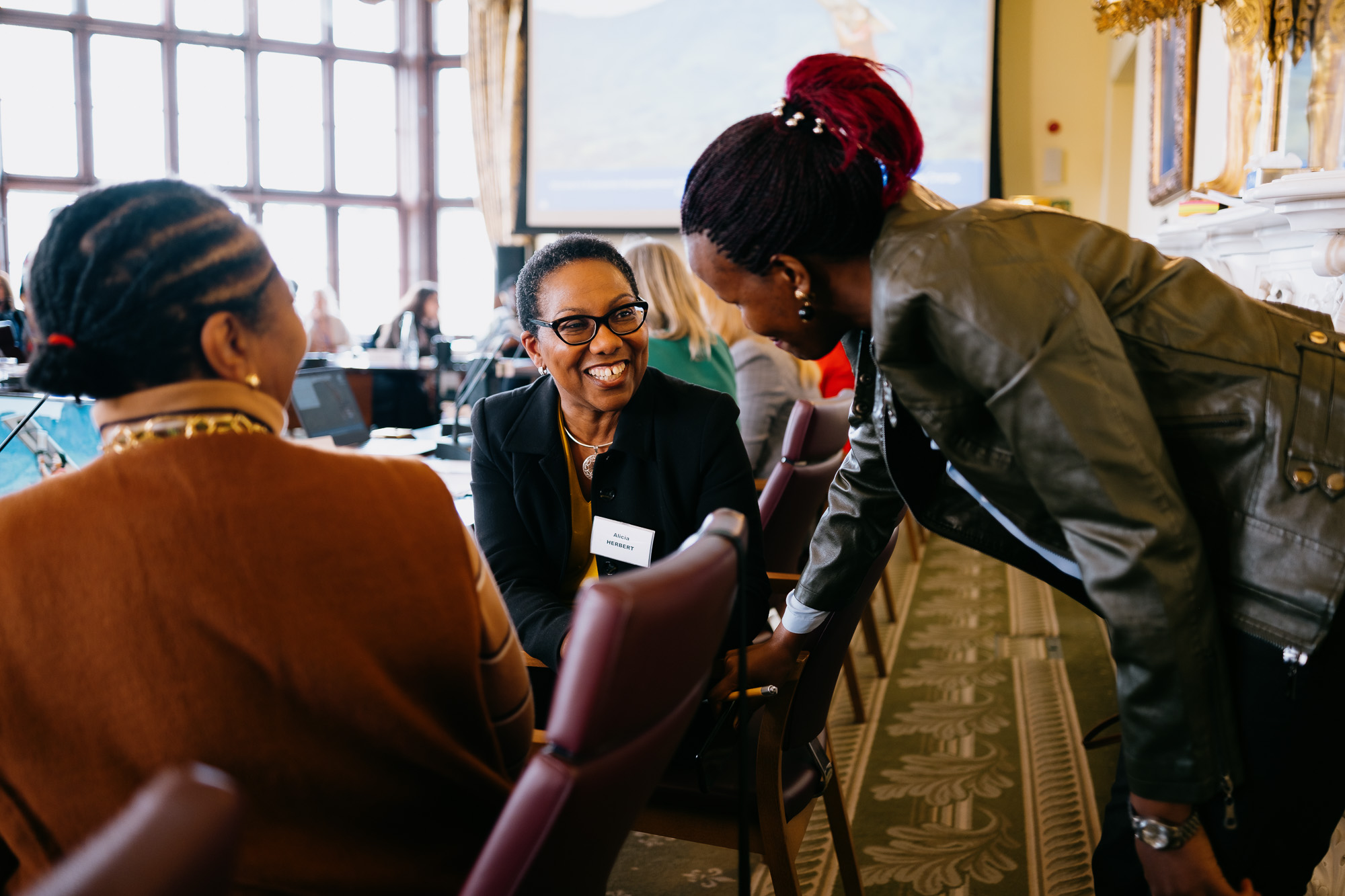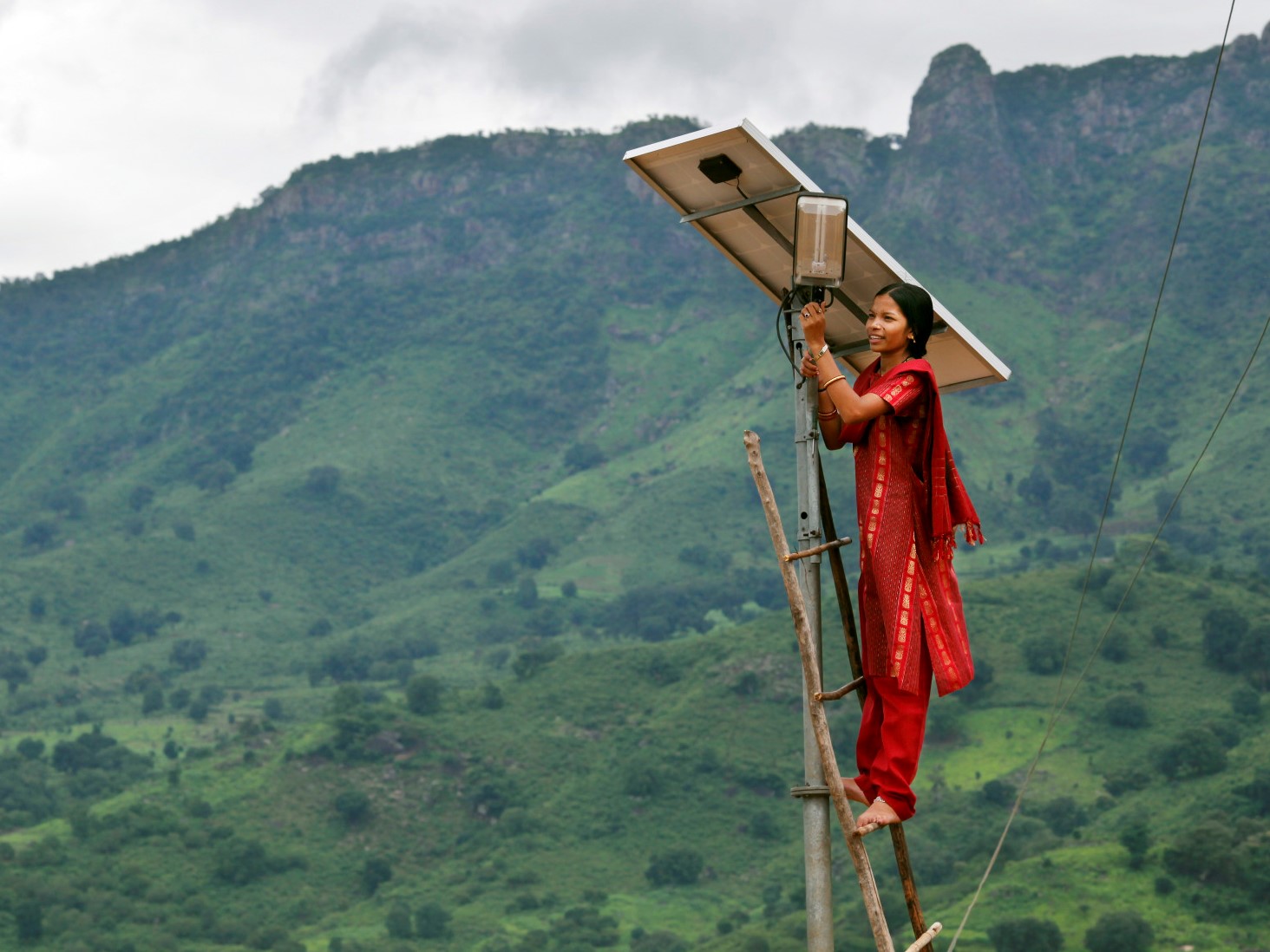Demographically, ageing societies face pension crises that can be addressed by integrating women into the labour force, while younger societies require investments in girls’ education, reduced fertility rates, and women’s participation in the workforce to harness the potential demographic dividend. However, irrespective of demographic dynamics, the time is ripe for all societies to confront gender inequality.
- Challenges and comprehensive approaches: Establishing the right regulatory frameworks and creating conducive environments for women’s participation is key. Tackling the pressures to invest in visible, high-profile programmes is compounded by the challenge of attribution with multilateral investments.
- Momentum and backlash: Historically, there has been momentum for real change, exemplified by key milestones like Beijing ’95 and Cairo ’94. Private philanthropies have played an influential role in funding and galvanising women’s organisations to advocate for their needs in diverse contexts. Movements advocating for gender equality have always faced backlash, including opposition from entities like the Catholic Church. In the 1990s, the organic and decentralised nature of the movement allowed it to mitigate such backlash more effectively.
- Seeking milestones and aligning forces: Traditionally, the UN served as a culminating point for advancing women’s rights, but this has evolved over time. Creating alternative platforms for representation is vital, particularly in the face of global issues like climate disruptions becoming the “new normal.” This includes coalitions of African governments advocating for investments in areas like childcare to drive change.
- Influence of International Financial Institutions (IFIs): IFIs, as financial institutions, have stakeholders who are both rich and poor countries. Civil society advocacy with IFIs can sometimes feel unhelpful and unwanted. Such institutions often respond better to the interventions of academics and experts who can provide evidence-based, proven solutions. This is seen as more constructive than confrontational advocacy.
- Reevaluating value and decision power: The question of who determines the value attached to women’s work and where this decision-making power resides, remains central. Understanding, challenging, and reshaping these dynamics is an ongoing effort.

